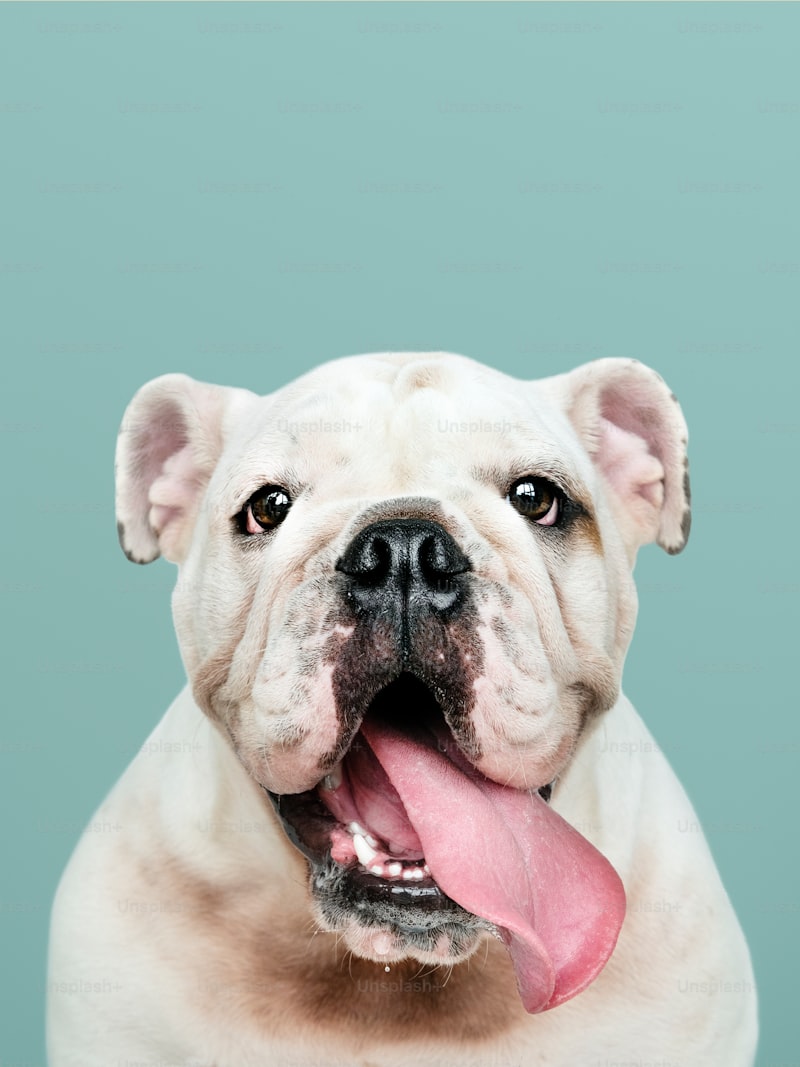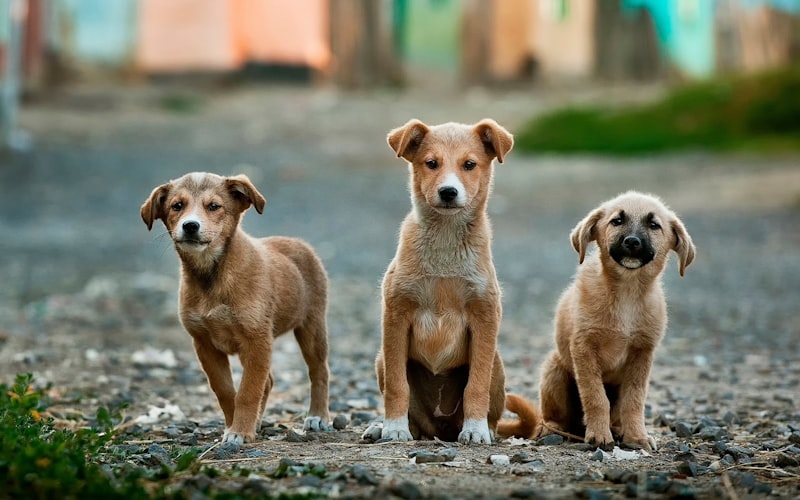First off, cats are obligate carnivores. This fancy term means they thrive on a diet primarily composed of meat. Think of it like this: if your cat were a superhero, her superpower would be her ability to digest protein like a pro. So, high-quality animal protein should be your top priority. Look for cat foods that list real meat, like chicken or fish, as the first ingredient. If you see “meat by-products” or mysterious fillers like corn, it’s a red flag!
Next, cats need certain fats in their diets, too. These aren’t just for flavor – they’re essential for energy and healthy skin and coats. Omega-3 and Omega-6 fatty acids? Yup, those are the golden tickets you’re aiming for!
Let’s not forget hydration! Cats often don’t drink enough water, so incorporating wet food into their meals can keep them hydrated. Picture this: instead of a dry sponge, you want a juicy watermelon – that’s how much water they need!
Finally, consider the importance of supplements and vitamins. Some cats may require specific nutrients based on their age, health, or activity level. Veterinary-approved cat foods often have these all figured out, making your job that much easier. Speaking of which, regular vet check-ups can help tailor your cat’s diet more precisely, much like giving a tailor’s measure before making that perfect suit.
Remember, every cat is unique, so be attentive to how they respond to their meals. It’s all about keeping that tail high and that purr loud!
The Purrfect Diet: Unlocking the Secrets of Feline Nutrition
Cats are obligate carnivores, meaning their bodies are built for meat. Imagine trying to replace a lion’s steak with a salad! They crave protein. That means you should look for high-quality protein sources in their food, like chicken, fish, or beef. But wait! It’s not just about protein. Cats also need fat for shiny coats and energy. Think of fat as the magic ingredient that keeps them agile and vibrant.
Now, let’s not forget about carbohydrates. While cats don’t need them as much as dogs or humans, a little bit of fiber can be beneficial. It helps with digestion and can keep things moving smoothly. Have you ever seen a cat furiously burying its business? That’s a sign of a happy tummy!
Hydration is another key player in the feline nutrition game. Cats can be a bit finicky about drinking water. To keep them hydrated, consider incorporating wet food into their diet. It’s like giving them a tasty soup – who wouldn’t want that?
Don’t be fooled by flashy packaging or celebrity-endorsed brands. Always read the ingredient list and choose foods that offer balanced nutrition. Your vet can also be an awesome ally in this journey, helping tailor a diet that best suits your cat’s individual needs. After all, giving your kitty the purrfect diet is a labor of love that pays off tenfold in snuggles and purrs!
From Kibble to Wet Food: What Every Cat Parent Needs to Know
First off, kibble is like that reliable friend you can always count on—it lasts forever and is easy to store. However, while it works great for keeping your cat’s teeth clean and offering convenience, it can leave them lacking in moisture. Cats naturally get hydration from their prey, which means they often don’t drink enough water to make up for a dry diet. Ever see a cat stare at a bowl of water like it’s a science experiment? Exactly! That’s why considering a change to wet food can make sense.

Now, imagine wet food as a luxurious spa day for your kitty. It’s packed with moisture and has a tempting aroma that even the most discerning cat can’t ignore. The high moisture content not only helps keep your kitty hydrated but can also aid in their overall kidney health. Plus, many cats find wet food irresistible, so mealtime feels more like a feast, turning every day into a celebration.
But why the back-and-forth? Well, some cat parents find the perfect balance lies in a mix of both. Think of it like a dynamic duo: kibble provides crunch, while wet food offers savory satisfaction. So weighing the pros and cons of each option isn’t just a chore—it’s about creating a meal plan that resonates with your little furball’s needs and taste.
Decoding Cat Food Labels: What’s Really in Your Feline’s Bowl?
First up, you’ll see ingredients listed in order of weight. So, if chicken is at the top, it means your kitty is getting a protein-packed meal that’s potentially worth its weight in catnip! But don’t let “meat by-products” scare you. These can include useful nutrients, just like how we might use vegetable scraps in a soup. It’s all part of making sure your cat gets a balanced diet!
Next, check out the guaranteed analysis. This section is basically the nutrition facts of your cat’s food—like looking at the nutrition label on your cereal box. You’ll find percentages indicating protein, fat, fiber, and moisture. A high protein content is crucial since cats are obligate carnivores—they need meat to thrive. Just think of it like this: if you were training for a marathon, you wouldn’t survive on cookies, right?
Now, let’s talk additives. Vitamins and minerals aren’t just fancy jargon; they’re essential for maintaining your cat’s health. Think of them as the secret agents working behind the scenes to keep your feline happy and active. But watch out for fillers like corn and soy—they might bulk up the food, but they aren’t giving your kitty the nutrition it craves.
So, the next time you grab that colorful bag of cat food, take a moment to read the fine print. Decoding those labels can be the difference between your cat purring in delight or giving you the side-eye!
Meow or Never: Essential Nutrients Your Cat Can’t Live Without
First up is protein, the king of cat nutrition. Cats are obligate carnivores, which means they need meat to survive, much like how a fish needs water. Imagine trying to run a race without fuel—impossible, right? A protein-rich diet fuels their energy, supports their muscles, and helps create a shiny, healthy coat.
Then there’s taurine, an amino acid that’s often overlooked. It’s like the secret sauce in a delicious recipe. Without enough taurine, cats can face serious health issues, including heart problems and vision impairments. It’s found primarily in animal tissues, so your cat’s diet should be meat-heavy to keep those vital organs in tip-top shape.
And don’t forget about fatty acids, especially Omega-3 and Omega-6, which are like the magic potions for a cat’s immune system and coat health. These fatty acids help reduce inflammation and contribute to overall wellness, making your kitty feel like they’re living their best nine lives.
Last but not least, hydration is crucial. Cats might not be natural water drinkers, but they need to stay hydrated to support kidney function and digestion. Think of water as the oil that keeps the engine running smoothly.
Top 5 Myths About Cat Nutrition—Busted!
First up, many people believe that cats should feast exclusively on dry kibble. Sure, kibble is convenient, but it’s not a one-size-fits-all. Think of it like living on chips and soda; you wouldn’t feel your best, right? Cats need a well-rounded diet that includes wet food or even raw options to keep them hydrated and happy.

Next, some think they can feed their furry friends dog food in a pinch. This one’s a big no-no! Cats are obligate carnivores—they thrive on specific nutrients found in animal tissues that dog food simply doesn’t have. Imagine trying to nourish yourself with food meant for a different species. Not ideal!
Then there’s the myth that all human food is dangerous for cats. While some foods like onions and chocolate are toxic, many human foods can be safe treats. Think about it—how often do you enjoy sharing your pizza crusts (without the toppings, of course) with your feline companion?
Another common misconception is that cats can self-regulate their eating. If you’ve ever seen a cat scarf down their dinner like it’s the last meal on Earth, you know that’s not true! Cats can overeat out of boredom, so proper portion control is vital to prevent obesity.
Homemade Cat Meals: How to Craft a Balanced Diet for Your Furry Friend
First things first, cats are obligate carnivores, which means they thrive on meat. Start by picking high-quality proteins like chicken, turkey, or fish. Think of these meats as your cat’s steak dinner, packed with essential amino acids. But hold up—it’s not just about the protein! Cats also need healthy fats for energy, so consider incorporating fish oil or chicken fat. Picture it as drizzling a gourmet sauce over a steak. Yum!
Now, let’s not forget about the veggies! While a cat’s menu is meat-heavy, small amounts of certain vegetables like carrots or peas can provide fiber. It’s akin to adding a side salad to your main course—a little extra crunch never hurt anyone!
To ensure your homemade concoction is complete, you’ll need to sprinkle in vitamins and minerals too. Think of this as the magic seasoning that elevates a good dish to greatness. You can find specialized cat supplements at pet stores that can fill in nutritional gaps.
Feline Food Allergies: Signs, Symptoms, and Solutions for Your Cat
Now, let’s put ourselves in their tiny paws for a moment. Imagine eating something that makes your skin crawl or your tummy twist. That’s what your cat feels with every meal that doesn’t sit right with them. It’s a rough ride! So, what can you do about it? First and foremost, consider going with a limited ingredient diet. Much like trying to figure out what’s giving you a stomachache, you want to remove typical allergens like chicken, beef, or dairy from their meals and introduce new proteins—think venison or duck.
But don’t dive in headfirst! Consult your vet before making any changes. They might recommend an elimination diet—a trial where you feed your cat a specific food for several weeks to see if symptoms improve. It might feel like a scavenger hunt, but it’s essential to pinpoint the problem. And hey, if your kitty’s feeling more comfortable, you’ll both emerge as winners! Just remember, diagnosing food allergies is a journey, but one that can lead to a much happier and healthier kitty.






